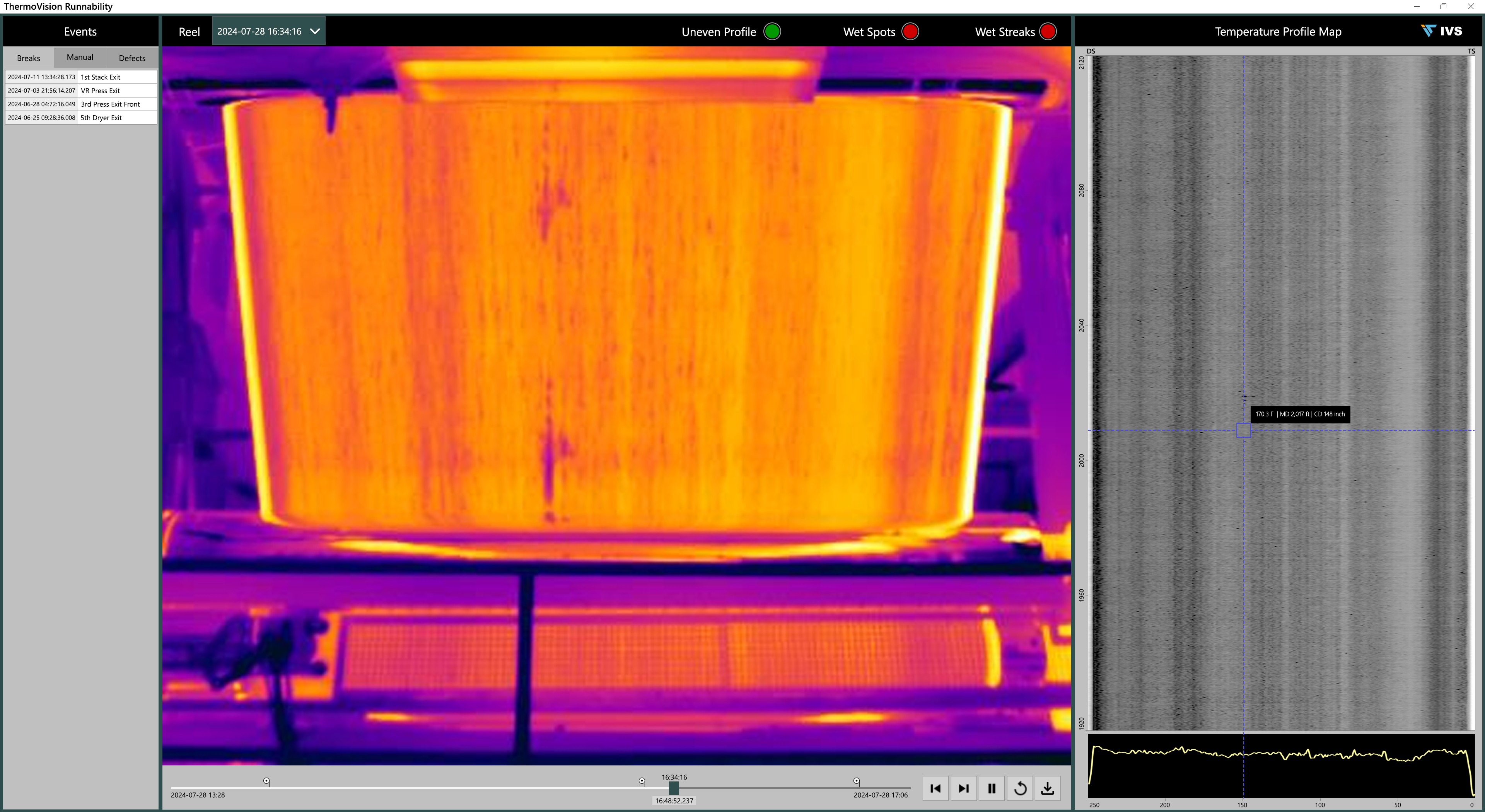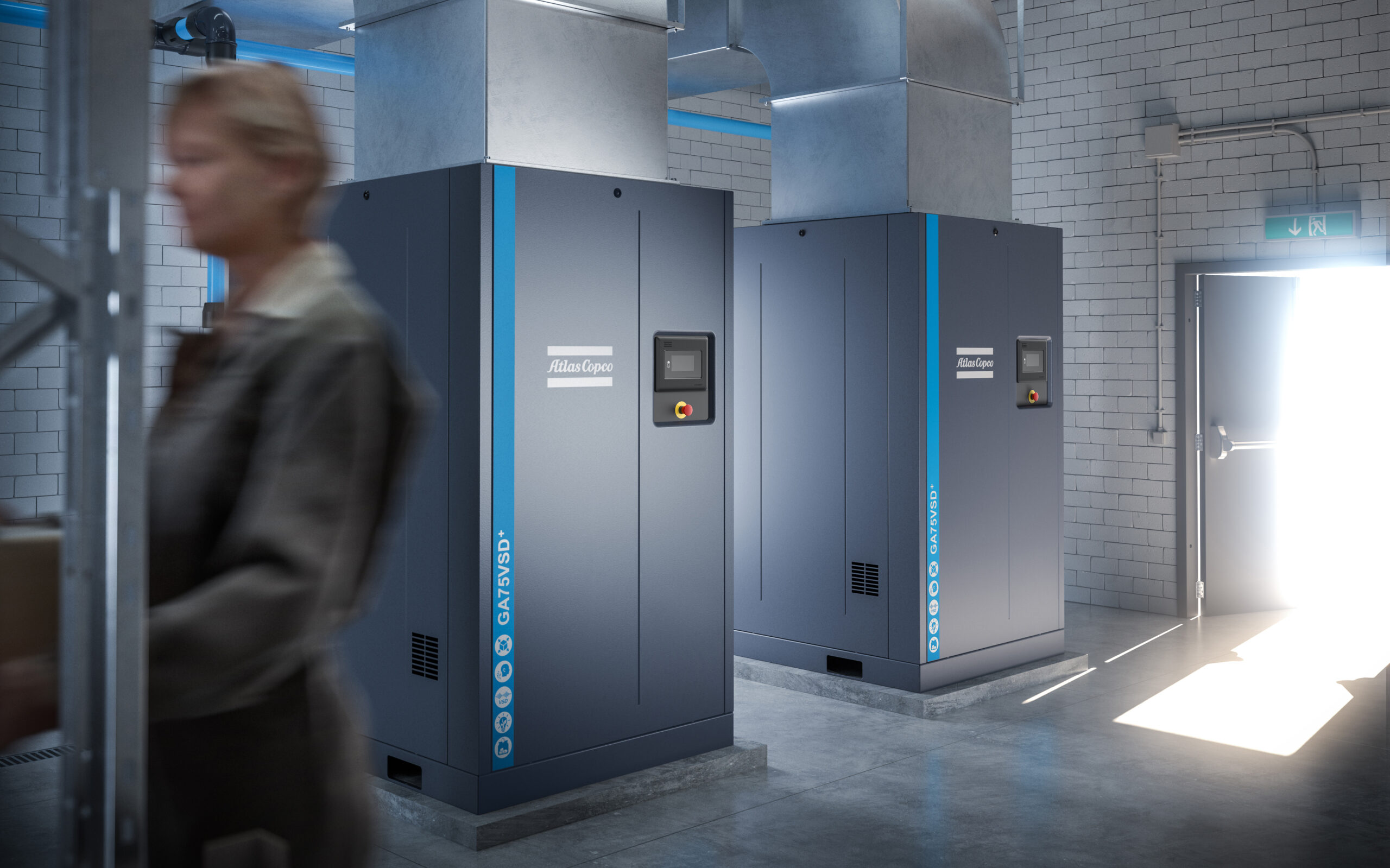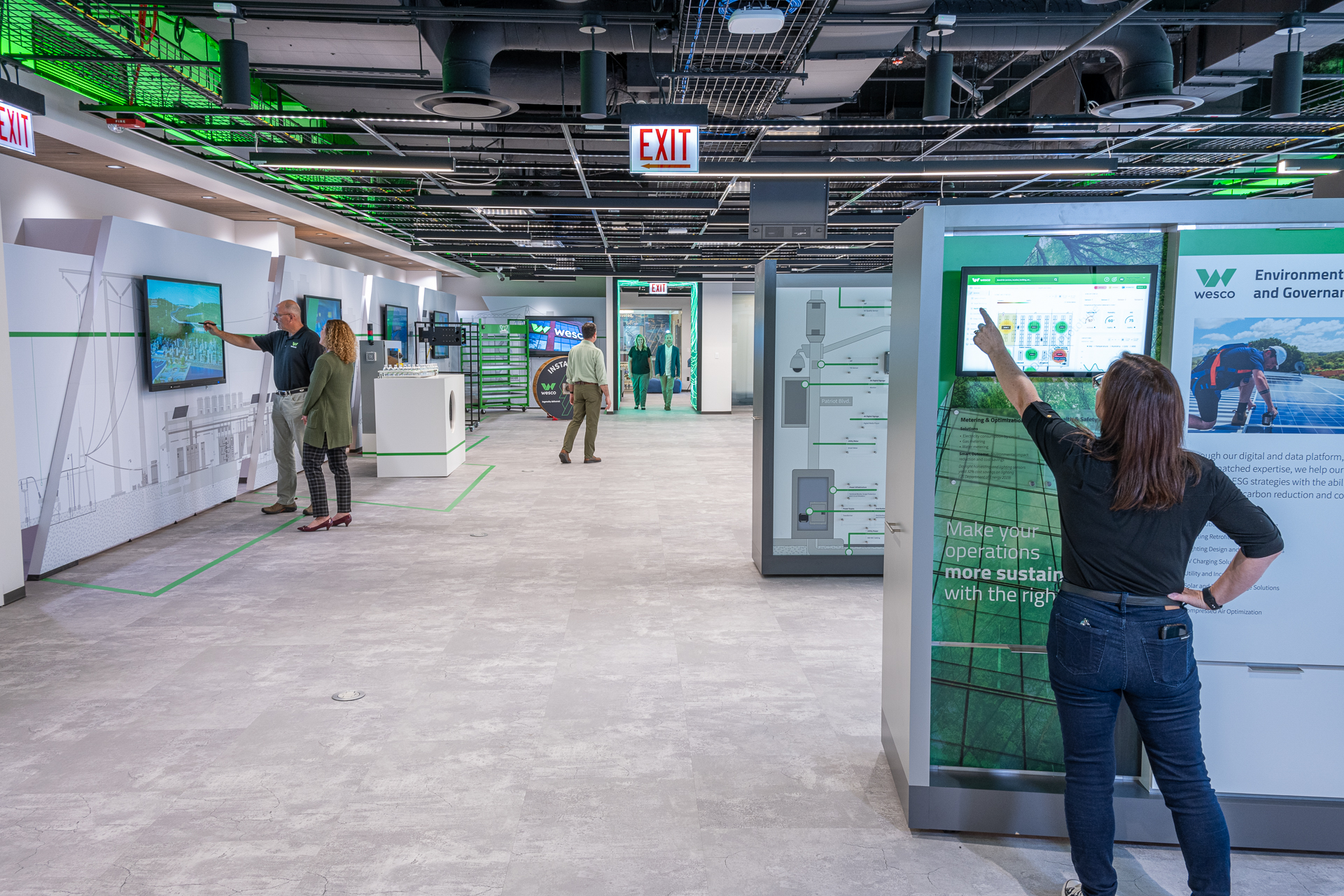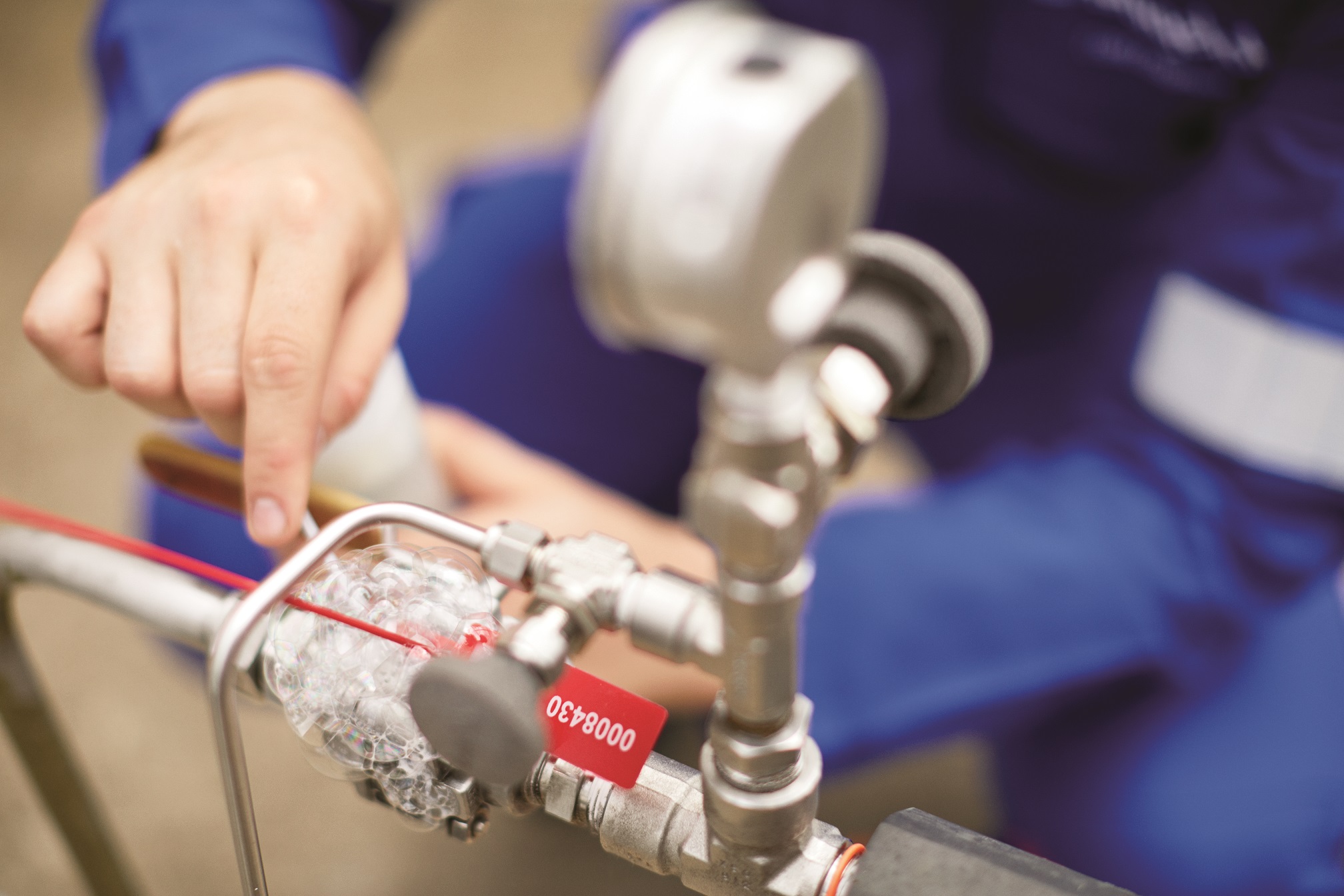Machine automation evolution proves the only limitation is the imagination

In the past, the idea of, “air is for breathing, water is for drinking, oil is for your automobile” was one shared by many designers when specifying components, designing systems and building machinery. The result was big, inefficient machines that consumed great amounts of commodities.
As manufacturing evolves to accommodate more demanding, safer and more precise processes, including for compressed air use and energy-conscious automation, the pneumatics industry is aligning itself as a critical strategic partner.
Manufacturers of pneumatic systems are highly motivated to stay ahead of the latest trends. The emergent technologies enhancing factory expressly address size and footprint, energy consumption and connectivity as well as monitoring of plant automation as it relates to maintenance planning and operational efficiency.
In earlier manufacturing plants, factory installations were dominated by a mass of valves, actuators and other big, bulky and inefficient pneumatic system components.
Air preparation was exceptionally oversized, and valving was placed on sub-bases the size of bricks and weighing more. Pneumatic actuators used up large amounts of machine real estate (although they did have a calming hiss to them, ensuring that compressed air was present and ready for work). While the traditional designs of the past were useful and effective, the days of using the air control valve as a step stool to reach higher on the machine are gone.
What’s replaced them are a sleeker, more energy efficient and aesthetically pleasing means to deliver air to automated processes.
Efficiency-focused demand vis-à-vis automated machinery has impacted valves, resulting in less weight, smaller size and power savings. Air preparation encompasses full-featured assemblies that ensure efficiency, copious functionality and safety. Actuators are lightweight, incorporate position feedback and a wider range of applications. Component lubrication has all but been eliminated.
These innovations allow designers to focus on compact machine footprints and connectivity while retaining a focus on plant savings. Durability results in assemblies capable of attaining millions of valve cycles and actuations, while being paired with monitoring technologies that support streamlined preventive maintenance programs in many facilities.
Improving efficiency
To start improving overall pneumatics efficiency, the first place to start is always the compressor room — the place where the larger horsepower motors and biggest energy users reside. Decrease the load on the compressor room and the plant will see bottom-line benefits.
Compressor manufacturers “feel” the demand for greater efficiencies, less noise and more environmentally friendly environments, as well as integration of pneumatic systems into the plant’s primary monitoring and control systems.
They’ve delivered solutions smaller footprints that are less noisy in operations, as well as more effective enclosures that make use of variable frequency drives, oil-free options and innovative control schemes that tie into the factory monitoring platform (see Figure 1). These designs allow a compressor to be controlled, i.e., accelerated, decelerated or even idled and turned off according to plant demand. These monitoring and control options mean pneumatics can be managed from anywhere in the plant as well as, in some cases, from offsite.
Where once compressed air was considered to be just a commodity, it is now a balance-sheet line item controlled and monitored via emergent technologies that deliver real operational improvements.
Gaining control of pneumatics use can be seen as an initial step in an overall plant efficiency program by reducing compressed air usage.
On the production floor, machine users have options at their fingertips when it comes to solution selection. Correct sizing has been a perennial topic of discussion over the years. Conducting a Google search on the term, “pneumatic system design,” elicits more than 84 million results. Included in the results are many pneumatic solution providers offering software applications that support maximum efficiency when sizing machine components, eliminating whatever value was once found in the rule-of-thumb: “pipe size, right size.”
These software application tools eliminate the need to upsize components, eliminating the need to bake in the extra capacity that was the norm and ensuring that machines will operate as designed without wasting utility resources.
Component efficiency
While the compressor room with the high horsepower motors is the first place to look, there are other targets primed to be made more efficient. Valve technology has addressed the same need for energy conservation as has impacted other pneumatic components and done so in a comprehensive manner.
Valves that once required more than 6 watts of power are now using 0.8 watts, and soon-to-be introduced designs will improve this further. Manifolding multiple valves the standard, which saves machine space, exploits less power and adds opportunities for fieldbus technology inclusion. This in turn will reduce the amount of wiring needed while bringing components into the realm of real-time data and information.
Besides the sizing tools available for setting design parameters and supporting solution choice, pneumatic system technology supports efforts to ensure that exhausting compressed air can be a potentially costly eventuality.
Manufacturers are scrutinizing and seeking better understanding of parameters that include force, pressure, flow and speed to discover innovative ways to decrease compressed air usage. Technologies involved include for actuator position sensing, wireless communications, proportional pressure and flow regulation and emergent technologies like smart pneumatics with Industrial Internet of Things (IIoT) pathways.
These intelligent pneumatic systems build bridges to the IIoT, ensure system visibility and lower operating costs — supported by central analysis and control electronics equipped with the ability to alert the factory of potential abnormalities or breakdowns.
More than just compressed air
In addition to solution enhancements, machine control design has changed in other ways, including how projects are managed. Machine design and control projects of the past have had two sides of the equation: a mechanical side encompassing the pneumatics, and an electrical side focused on signaling valves and machine operation. The two sides would review their schematics, overlay their plans and decide on a place to hand off the control signals.
While technology continues to improve efficiency, demands for best practices in support of project management brings a new profile for the “controls” project leader. The new controls project lead creates the conduit for controlling machine movement, encompassing electronics, airflow, feedback, positioning and machine health monitoring. This responsibility is continuously evolving with user demands for efficient technology placing pressure on providers to stay up to date when it comes to innovation trends.
Embracing continuous technology enhancements in factory automation will reduce manufacturing costs and raise visibility of predictive maintenance schemes capable of keep the plant operations efficient and continuous.
Pneumatic system design enhancement on the electrical side include the incorporation of fieldbus communications, IIoT and machine health monitoring as fundamental improvements from the air and power circuits of the past.
Fieldbus allows component communication related to the machine and across the plant to be streamlined via a single cable, while enabling real-time insight into the operation of each component via the plant network or IIoT hub.
Controls leaders can review plant operations from any location — even other factory locations around the world. Maintenance data supports strategic plant management insight and support in making necessary changes or weighing requests for machinery improvements or replacements. Plant operations are being monitored and programmed to communicate with smartphones and other intelligent devices, addressing much more than just the compressed air conservation challenge.
Machine safety and energy conservation
In addition to the pathways to IIoT, smart pneumatics and other trending technologies, safety will always be considered the priority in plant machinery product development. In many cases, technology is focused on safety concerns, including for zoned safety valve products as well as for spool sensing technology. With the ability to sense the position of control valves and confirm their position with redundant monitoring, the potential for injuries is significantly reduced. The ability to integrate these smart components into machine build strategies is ever improving and is being introduced into the safety systems in the form of stand-alone circuits, isolated from the operation of the machine.
As product enhancements continue to evolve, system designers can count on pneumatic actuation that is lightweight, efficient, accurate and on the cutting edge. Actuation also is a focus for safety, giving a variety of configurations such as linear, rotary and rodless to achieve compact design, as well as machine design capsulations, protecting the automation-driven motions from the machine operator (see Figure 2). One popular function related to enhanced safety is actuator position sensing across its entire working length. This provides an additional monitor and proactive call to action, removing many potential hazards when combined into a safety sensing circuit.
Working in tandem with goals for energy conservation and overall efficiency, machine safety is greatly improved with modern pneumatic components and controls. Standards developed by governing bodies require machine safety functions such as parameter guarding with operation-stopping safety interlocks, vision systems and the means to release stored energy. Additional standards for safe workspace actions are being implemented, all to keep our friends, family and co-workers safe.
Machine automation experts keep safety the highest priority with products, solutions and technologies that integrate pneumatics with other factory automation products. Their goal is to make the machines of today safer to use while making the machines of tomorrow even safer.
Looking ahead
Factory automation technology is being designed, released to the market and incorporated into new projects in response to demands for greater efficiency that is strong and growing. Pneumatic systems designers and providers are rising to meet that demand with creative and innovative approaches for new and challenging applications. One can argue that earlier pneumatic systems were oversized air consumers, but technology has changed the landscape of the entire factory. Pneumatic system manufacturers consider the plant in all its aspects as they address design and application projects, with an express understanding that compressed air is no longer the commodity it was once considered to be.
The factory of today runs more efficiently than it did in the past and in full awareness of the demand for more efficient processes. The factory of tomorrow will undergo an even more fundamental technology paradigm shift. Pneumatic system manufacturers are stepping outside the boundaries of technologies with which they’ve been most familiar to incorporate smartphone apps, wireless communication, real-time awareness of machine issues and production output, and most importantly, operator safety and accident prevention. As these innovations continue to improve efficiency and introduce innovation, the factory of tomorrow will have options only limited to one’s imagination.



